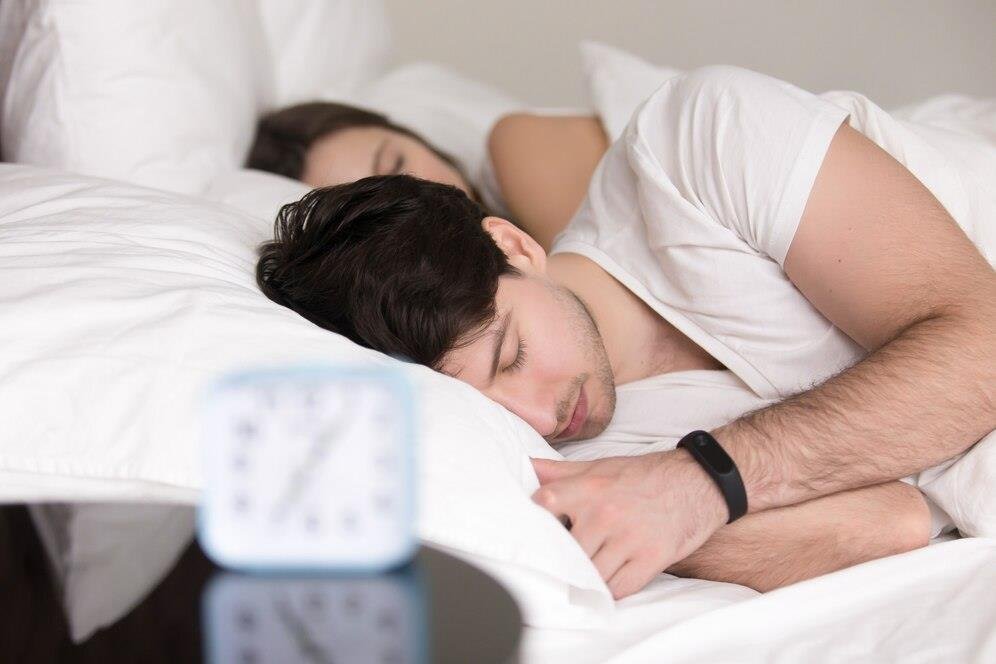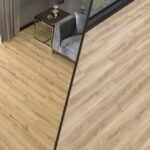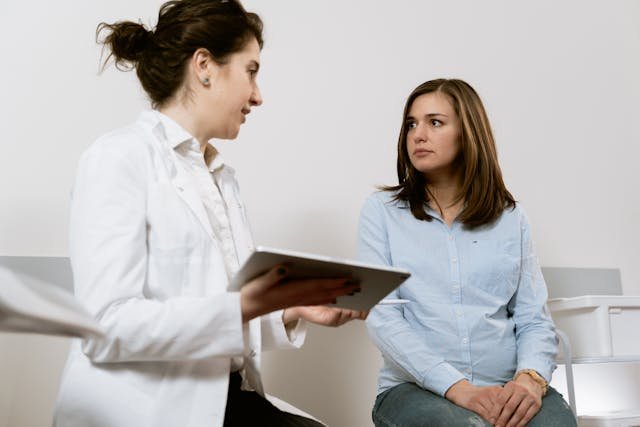Are you tired of constant fatigue and restless nights? Say goodbye to them and embrace a restful slumber with the help of CPAP! Unravel the hidden benefits of CPAP machines in managing sleep apnea as we explore how this revolutionary device can transform your nights and elevate your energy levels during the day.
But wait, there’s more! Did you know that there is an alternative to CPAP that may better suit your needs? Discover the advantages of dental devices as we learn more about sleep apnea management. It’s time to sleep tight and breathe easy like never before!
An Overview of CPAP Device
Continuous Positive Airway Pressure (CPAP) is a traditional treatment for sleep apnea. It works by using a machine to deliver constant and steady air pressure to keep the airways open during sleep, thus preventing episodes of disrupted breathing.
CPAP helps alleviate sleep apnea symptoms and prevent cardiovascular problems, including hypertension, heart attacks, and atrial fibrillation. For patients who cannot tolerate a CPAP device, alternative treatments such as oral appliance therapy provided by a dentist may be considered.
The Increase in Dental Devices (Or Oral Appliances)
Sleep apnea dental devices are special mouthpieces that help people with obstructive sleep apnea. These devices are primarily worn at night and keep the airway open, easing sleep apnea symptoms.
The increasing popularity of non-CPAP devices over CPAP is because many people find CPAP machines uncomfortable and difficult to use. Oral appliances increasingly become popular as an alternative to CPAP machines. Many studies have found oral appliance therapy to improve OSA (obstructive sleep apnea) in a majority of patients, including some with severe forms of the disorder.
Mandibular advancement devices, tongue-retaining mouthpieces, rapid maxillary expansion, and tongue stimulation devices are dental devices commonly used for sleep apnea treatment/management.
Mandibular Advancement Device:
Mandibular advancement devices (MADs) are the most commonly used dental devices for sleep apnea treatment. They clear the airway by moving the jaw forward, which helps to reduce the collapse of the airway seen in obstructive sleep apnea and improve breathing. MADs are made of moulded hard plastic and snap over the lower teeth.
Tongue Retaining Mouthpiece:
Tongue-retaining mouthpieces (TRDs) keep the tongue forward to prevent blockages. TRDs are custom-made to fit the patient’s mouth and are adjustable to ensure maximum effectiveness.
Rapid Maxillary Expansion:
Rapid maxillary expansion (RME) is a treatment that permanently widens the roof of the mouth to open the airway to treat children with obstructive sleep apnea.
Tongue Muscle Stimulation Device:
Tongue muscle stimulation devices improve muscle tone. They use electrical signals to stimulate the tongue muscles, which can help to reduce snoring and mild sleep apnea.
Advantages of Dental Devices for Sleep Apnea Management

1. Comfort and Ease of Use
Dental devices, such as oral appliances, are often considered more comfortable than CPAP (Continuous Positive Airway Pressure) devices, as they are customised and adjustable to fit each individual’s mouth. These devices can be easily adjusted to provide a comfortable and effective fit, ensuring patients can tolerate them for long-term use.
2. Portability
Oral devices are portable and easy to travel with, making them a convenient option for patients who need to use sleep apnea treatment while away from home. This portability allows patients to maintain their treatment routine even when they are not at home.
3. Customised and Adjustable
Dental devices can be tailored to fit each individual’s mouth, ensuring a comfortable and effective fit. The adjustability feature of these devices allows for personalised treatment, making them suitable for a wide range of patients.
4. Long-Term Compliance
The comfort and ease of dental devices contribute to long-term compliance with sleep apnea treatment. Patient satisfaction with these devices can lead to better treatment outcomes and improved sleep quality.
5. Cost-Effective
Oral devices are often more cost-effective than CPAP devices, making them affordable for individuals who cannot afford traditional CPAP treatment.
6. Enhanced Sleep Quality for Bed Partners
Dental devices can improve the sleep quality of bed partners by reducing snoring and sleep disruptions caused by sleep apnea. It benefits the patient and their sleep partner, promoting a more peaceful sleep environment for everyone involved.
7. Works without Electricity
Oral appliances can be used without electricity, making them a useful option for individuals who may not have access to electricity or who need an alternative power source for their sleep apnea treatment.
The Process of Using Sleep Apnea Dental Devices
Using sleep apnea dental devices typically begins with a comprehensive consultation with orthodontists or dentists specialising in sleep apnea treatment. Schedule a consultation with an orthodontist in Sydney, Australia. The consultation will involve thoroughly examining your mouth, teeth, and jaw structure to determine the type of dental device for your needs.
During the consultation, the orthodontist will also assess your sleep apnea symptoms and review any existing medical conditions that may affect using a dental device. They may also take impressions or digital scans of your teeth and jaws to create a customised dental device that fits your mouth perfectly.
Once the dental device is ready, you will return to the orthodontist for a fitting appointment. During this appointment, the orthodontist will ensure that the device comfortably and securely fits in your mouth and provide instructions on properly using and caring for it.
To Wrap Up
Sleep apnea dental devices offer a viable, comfortable, and accessible alternative to traditional CPAP machines. They mark a significant step forward in managing sleep apnea, providing many patients with a customised, portable, and cost-effective solution.
By addressing each individual’s unique needs and preferences, these devices represent a paradigm shift in how we approach sleep apnea treatment. However, consult a healthcare professional to determine your circumstances’ best course of action.
















